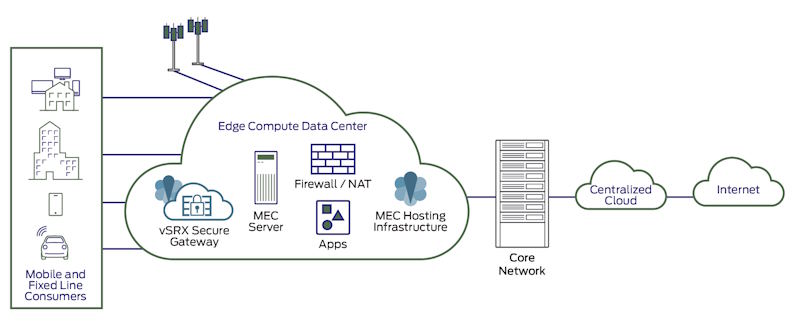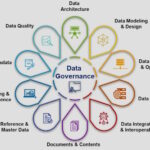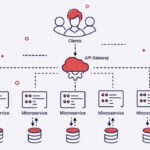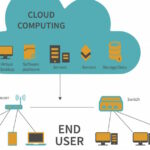The Rise of Edge Computing and Its Implications for Software Architecture
The world of computing is continually evolving, with edge computing emerging as a transformative force in the geography of communication technology. This article delves into the rise of edge computing’s impact on software design and its significant implications for software architecture.
The Emergence of Edge Computing
Edge computing refers to computational processes performers closer to data sources — often at or near the physical location. The proliferation of Internet of Things (IoT) devices, the increasing volume of data, and the need for real-time processing have catalysed the adoption of edge computing.
Implications for Software Architecture
Distributed Computing Environments:
Edge computing introduces a more distributed computing model. Software architectures must now accommodate a group of edge devices, each potentially running different aspects of an application. This distribution requires robust synchronisation, data consistency, and network resilience strategies.

Real-time Data Processing:
With edge computing, the focus shifts to real-time data processing. Software architecture must be planned to handle low-latency operations, enabling immediate data processing at the edge, which is critical for applications like autonomous vehicles, smart cities, and real-time analytics.
Scalability and Flexibility:
The architecture must be scalable and flexible to manage the varying loads and functionalities across edge devices and incorporating edge computing in software systems. This scalability often involves lightweight, modular designs that can easily be deployed, updated, or removed based on dynamic requirements.
Security and Privacy Concerns:
Processing data at the edge raises new security and privacy challenges. Software architectures must incorporate advanced security protocols and data encryption techniques, considering the less secure environments in which edge devices often operate.

Energy Efficiency and Sustainability:
Edge computing can reduce the energy footprint by localizing data processing. However, it requires software architectures that optimise power consumption, especially in battery-operated edge devices.
Interoperability and Standards:
Because edge computing reshapes software development and encompasses devices and platforms, ensuring interoperability is difficult. Software architectures must adhere to standard protocols and interfaces to permit seamless communication and integration across different devices and systems.
The rise of edge computing marks a significant shift in how data is processed and managed, bringing data processing closer to the point of generation. This transition demands a rethinking of traditional software architecture, emphasising distributed processing, real-time analytics, scalability, security, energy efficiency, and interoperability. As edge computing restarts to grow, adapting software architecture to these new paradigms will be crucial for harnessing its full potential and paving the way for innovative applications in various domains.






























